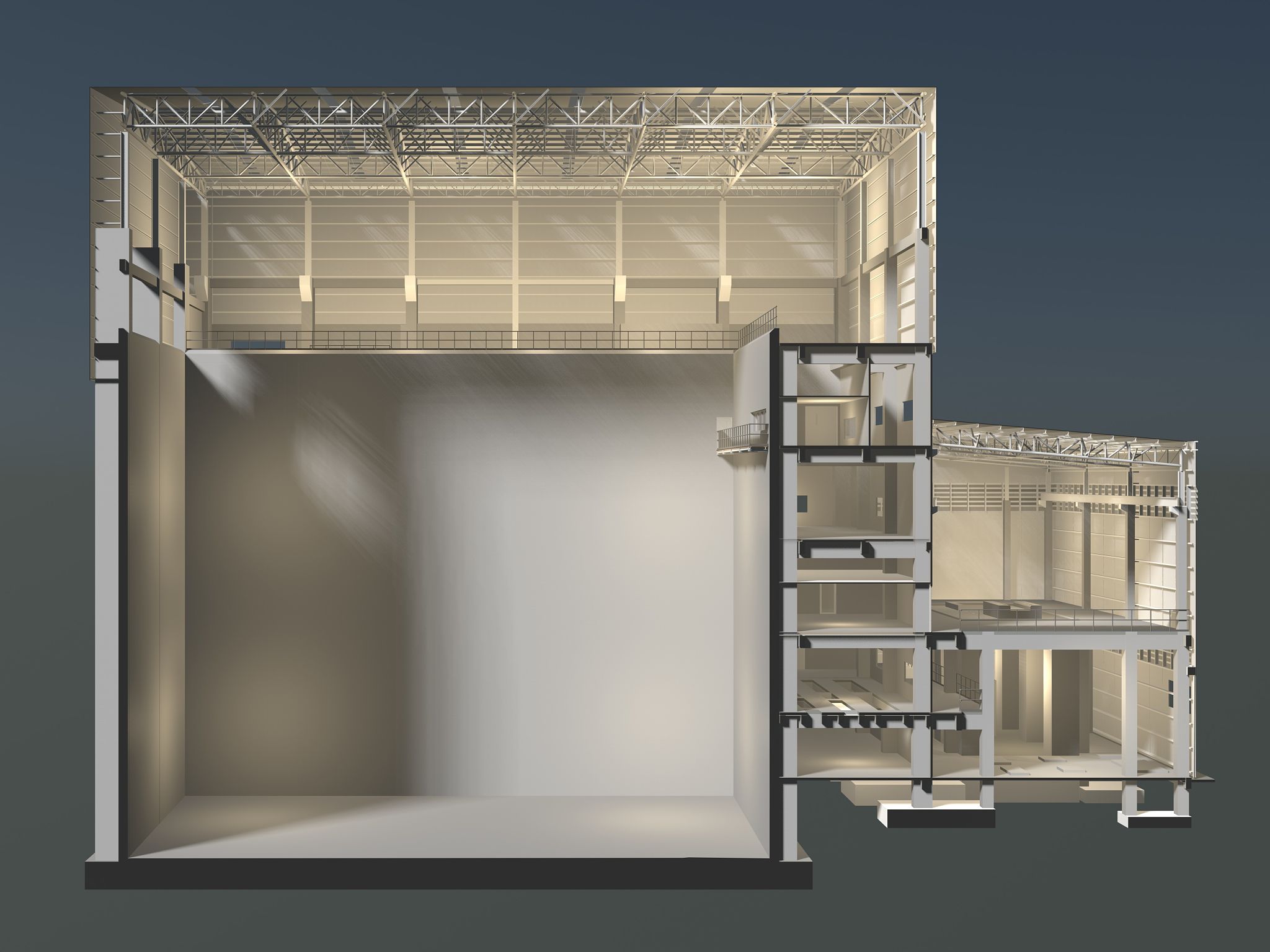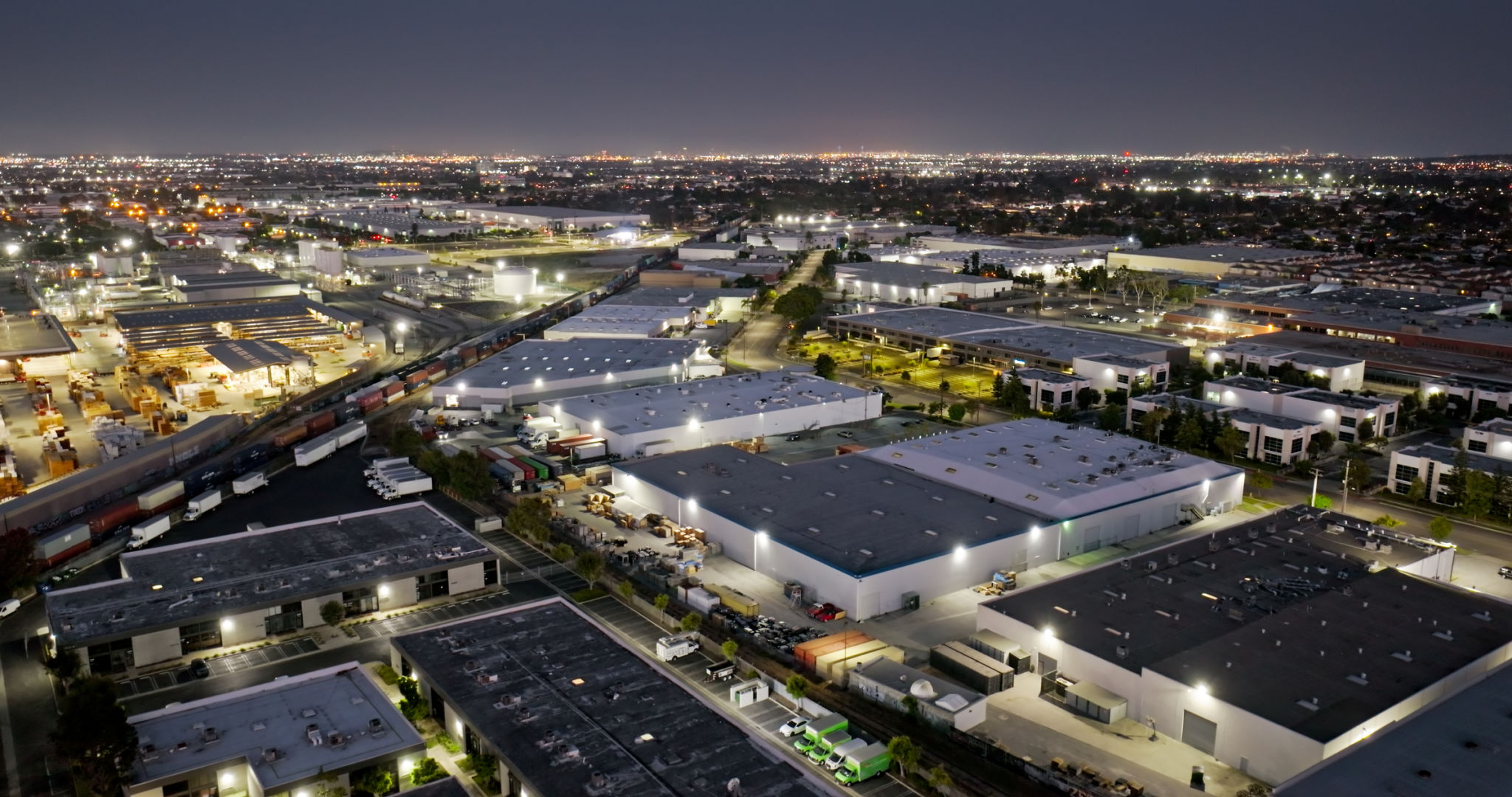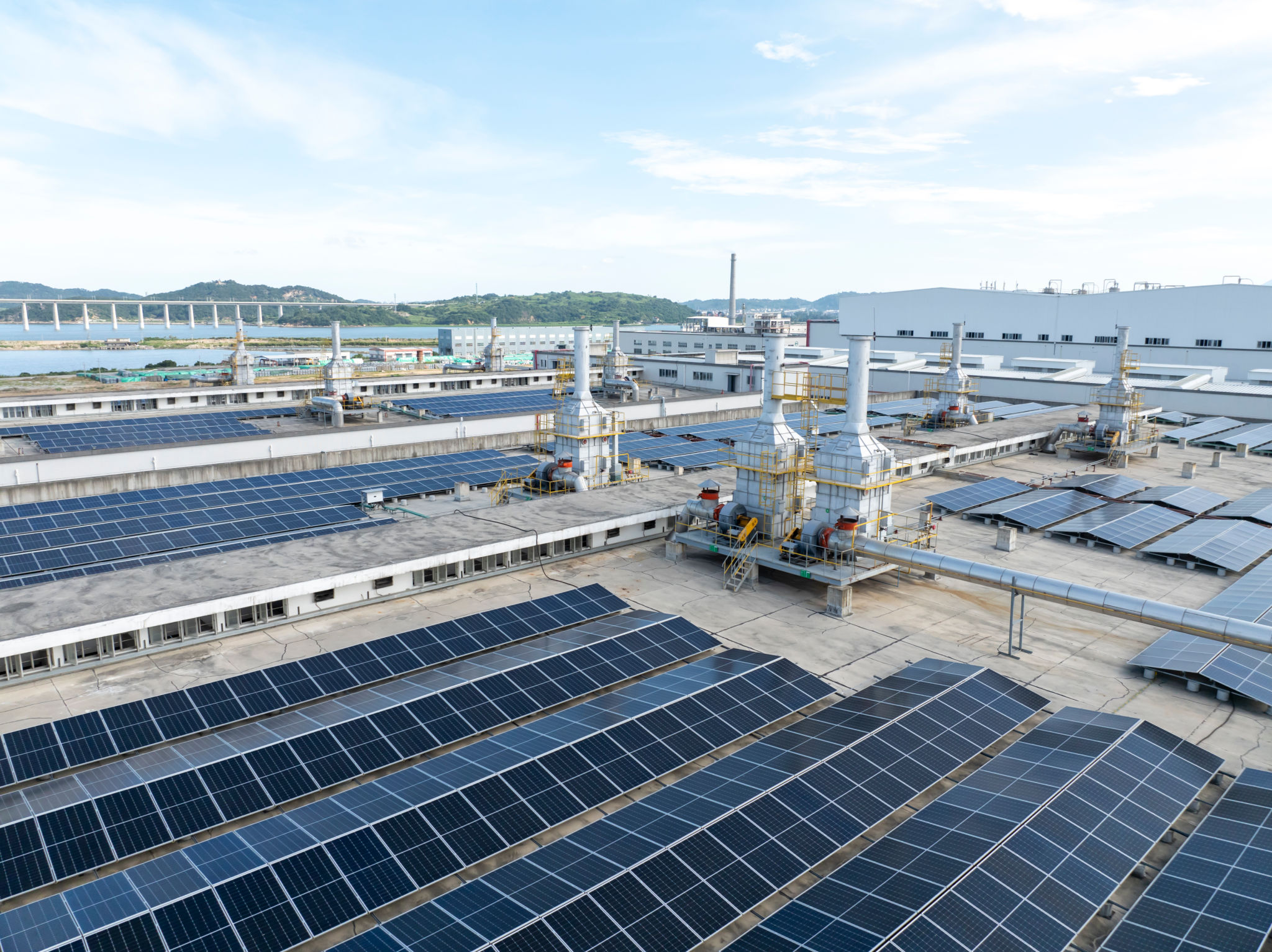Myth-Busting Common Misconceptions About Industrial Warehouse Design
Understanding the Basics of Industrial Warehouse Design
Industrial warehouse design is more than just creating a large space for storage. It's a strategic process that involves optimizing workflows, ensuring safety, and maximizing space efficiency. Despite its importance, several misconceptions about warehouse design persist, often leading to inefficient use of resources.

Myth 1: Bigger is Always Better
One common misconception is that the larger the warehouse, the better it is for business. While size does matter, it's not the only factor to consider. A larger space might seem advantageous at first glance, but it can lead to increased costs in terms of heating, cooling, and maintenance. Instead of focusing solely on size, businesses should consider how well the layout supports their specific operational needs.
Myth 2: Warehouse Design is Only About Storage
Another widespread myth is that warehouse design solely revolves around providing ample storage. In reality, a well-designed warehouse also considers the flow of goods, employee productivity, and safety measures. Effective layout planning can significantly enhance operational efficiency by reducing travel time and minimizing bottlenecks.

Myth 3: Shelving Solutions Are Static
Many people believe that once shelving units are installed, they cannot be changed. However, flexibility in shelving solutions is critical to adapt to changing inventory demands. Modular shelving systems can be reconfigured to accommodate different product sizes and quantities, offering businesses the adaptability they need to stay competitive.
Myth 4: Lighting is a Secondary Concern
Lighting may seem like a minor aspect of warehouse design, but it plays a crucial role in safety and efficiency. Poor lighting conditions can lead to accidents and hinder productivity. Modern warehouses often incorporate LED lighting systems to improve visibility while being energy efficient.

The Role of Technology in Modern Warehouse Design
Technological advancements have transformed how warehouses operate. Automated systems and smart technology can streamline operations, reduce errors, and enhance inventory management. Contrary to the belief that technology is an optional add-on, it has become an integral part of efficient warehouse design.
Myth 5: Sustainable Design is Costly
Sustainability in warehouse design is often perceived as an expensive endeavor. However, investing in energy-efficient systems and sustainable practices can lead to significant long-term savings. Green building materials and energy-efficient technologies not only reduce environmental impact but also lower operational costs.

Emphasizing Safety in Warehouse Design
Safety should never be an afterthought in warehouse design. Ensuring a safe working environment is essential for protecting employees and minimizing downtime due to accidents. Implementing clear signage, safe walkways, and proper training programs are vital components of a safety-oriented design.
By debunking these common myths, businesses can make informed decisions that enhance the functionality and efficiency of their warehouses. Understanding the complexities involved in industrial warehouse design can lead to more strategic planning and better utilization of resources.
